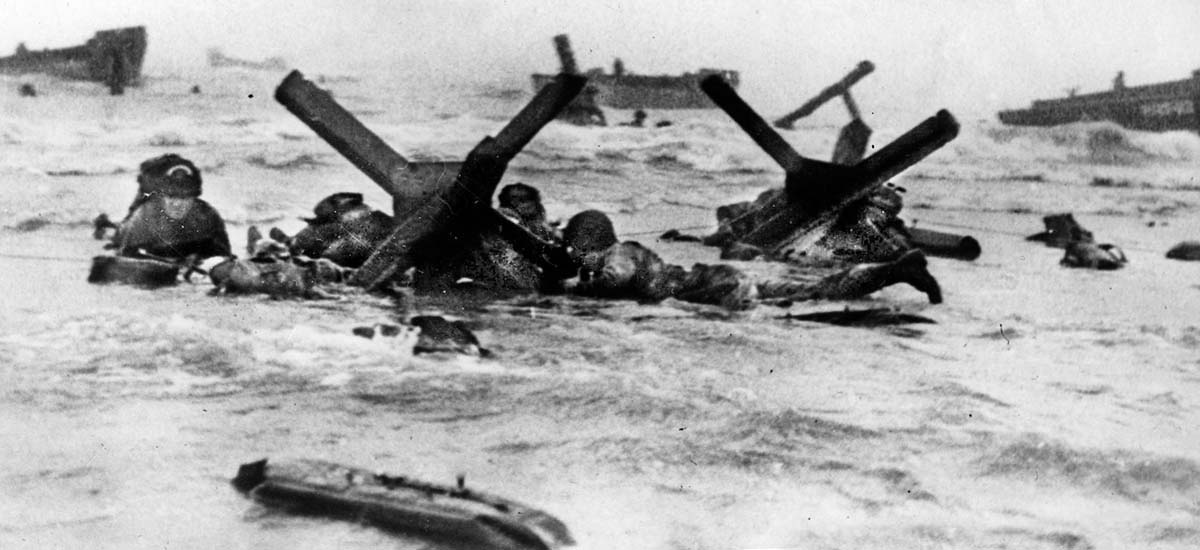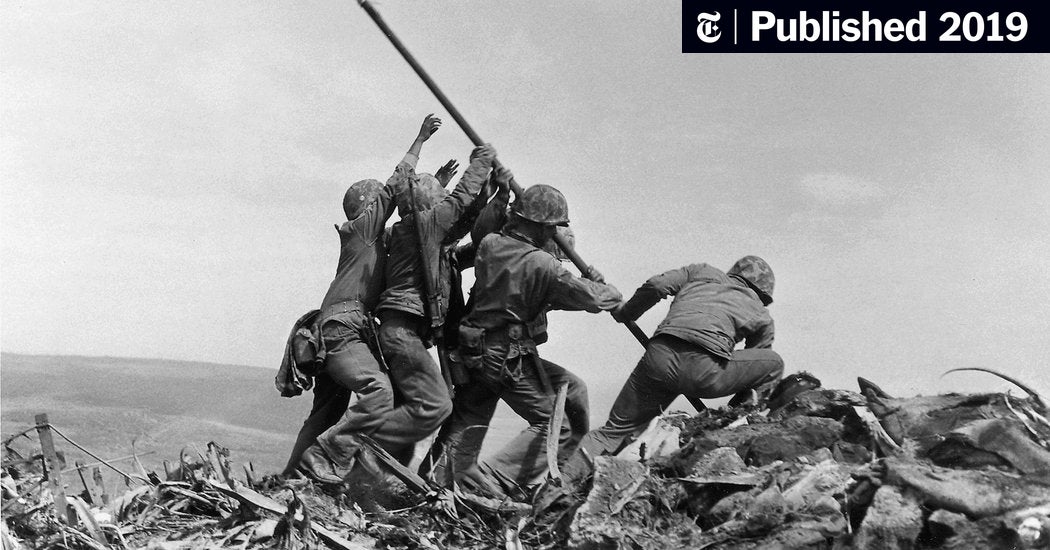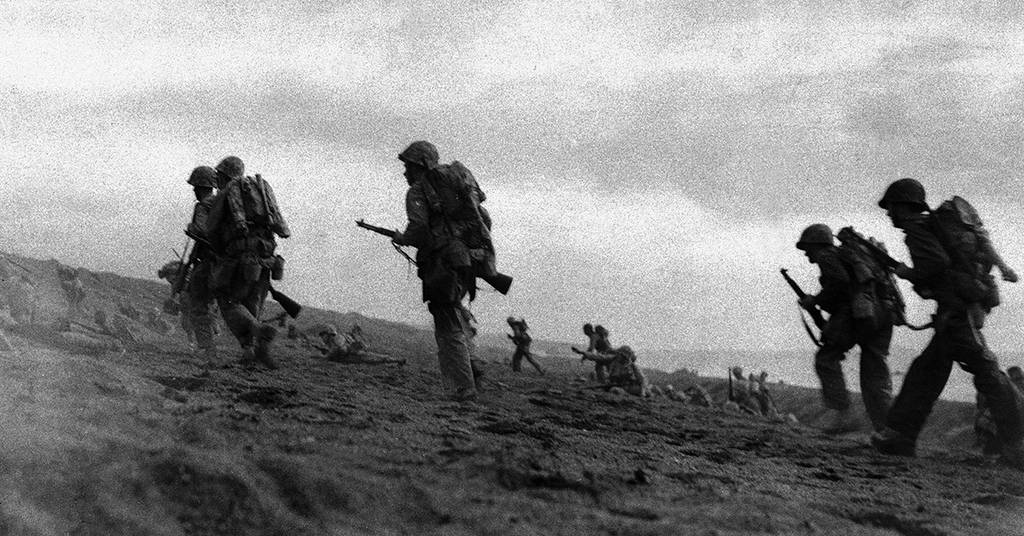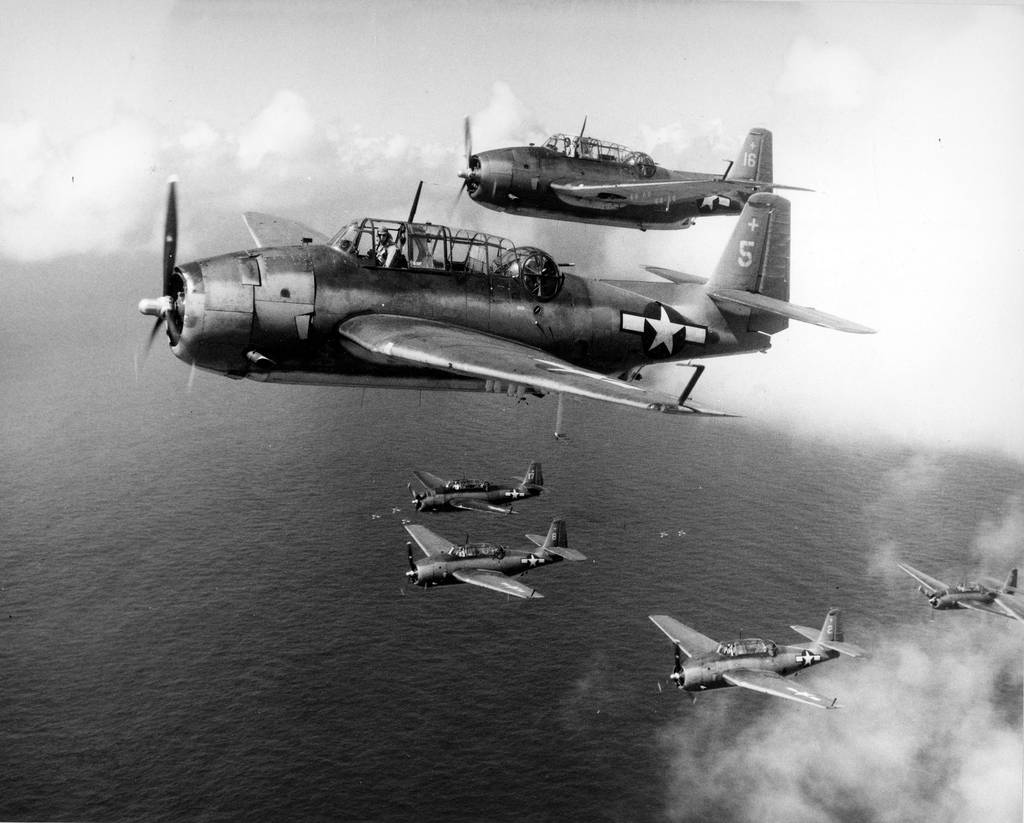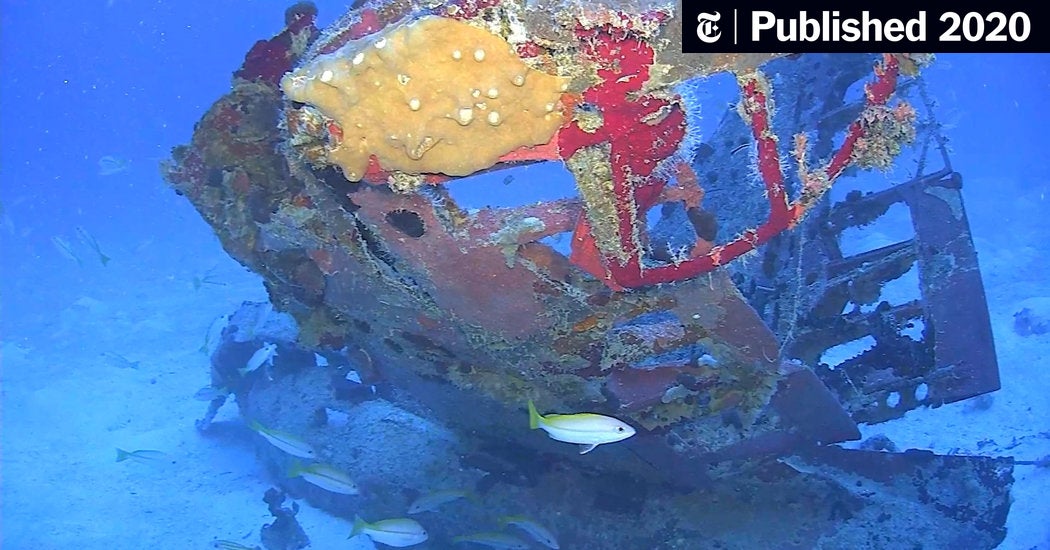This day in Military History, February 16, 1945, the Bataan Peninsula in the Philippines was recaptured by American troops, almost three years after the Bataan Death March.
On April 3, 1942, the Japanese infantry staged a major offensive against Allied troops in Bataan, the peninsula guarding Manila Bay of the Philippine Islands. The invasion of the Japanese 14th Army, led by Gen. Masaharu Homma, had already forced Gen. Douglas MacArthur’s troops from Manila into Bataan. By March, after MacArthur had left for Australia on President Roosevelt’s orders and was replaced by Maj. Gen. Edward P. King Jr, the American Luzon Force and its Filipino allies were starving and suffering from malnutrition, malaria, beriberi, dysentery, and hookworm.
Homma and reinforcements took advantage of the U.S. and Filipino weakness by launching another major offensive, which resulted in Admiral King’s surrender on April 9. The largest contingent of U.S. soldiers ever to surrender was taken captive by the Japanese. The prisoners, both Filipino and American, were led 55 miles from Mariveles, on the southern end of the Bataan Peninsula, to San Fernando.
The journey became known as the “Bataan Death March.” At least 600 Americans and 5,000 Filipinos died because of the brutality of their captors, who starved, beat, kicked, and bayoneted those too weak to carry on. Survivors were taken by rail from San Fernando to POW, where another 16,000 Filipinos and at least 1,000 Americans died from disease, mistreatment, and starvation.
America revitalized their efforts in the Philippines with the invasion of Leyte Island in October 1944. General MacArthur, who in 1942 had famously promised to return to the Philippines, made good on his word. With the help of the U.S. Navy, which succeeded in destroying the Japanese fleet and left Japanese garrisons on the Philippine Islands without reinforcements, the Army defeated the Japanese resistance.




